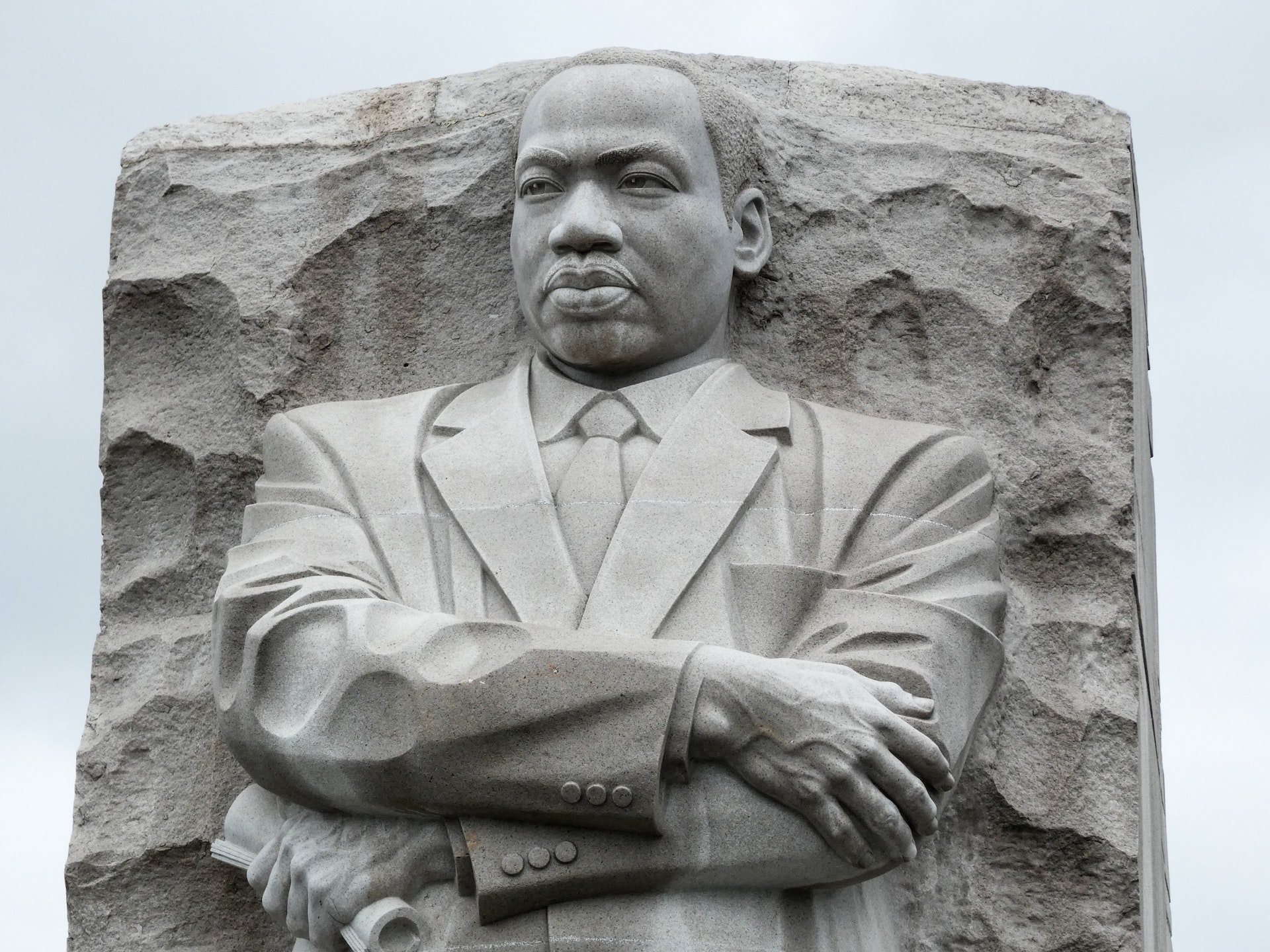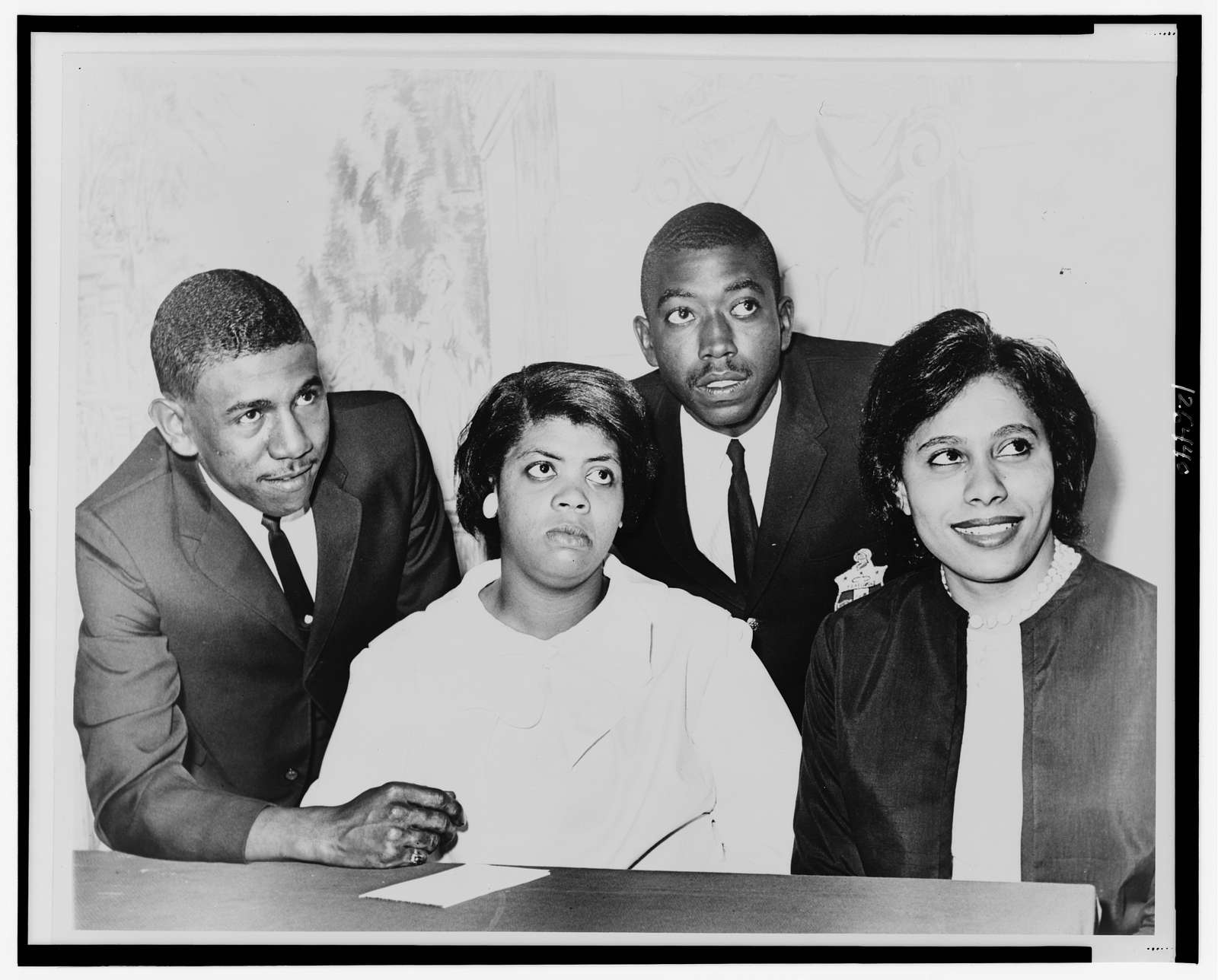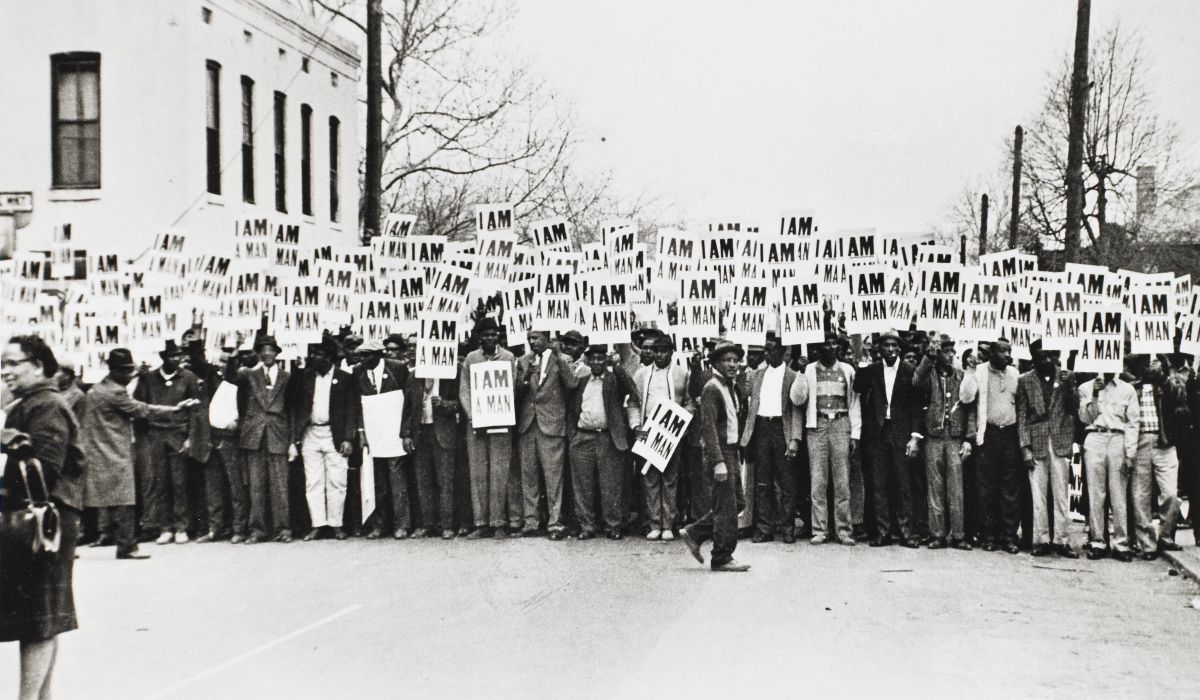Go to the Mountaintop
Fifty years ago this evening, 3 April 1968, Dr. Martin Luther King, Jr., gave his “I’ve Been to the Mountaintop” speech at the Mason Temple in Memphis, Tennessee. On a night with dire storm warnings, the church was packed to hear Dr. King speak about the Memphis Sanitation Workers’ strike. Unfortunately, this sermon was to be his last oratory masterpiece. Coincidentally, I pen this article precisely fifty years later on April 3, 2018 while Memphis is under dire storm warnings. Some things never change, including Memphis Spring storms and, more importantly, the relevance of Dr. King’s words.
With the 50th anniversary of the tragic killing of Dr. King, many articles and stories abound regarding the life and works of Dr. King, as well as his legacy. I have chosen to focus on one sliver of his incredible journey – one with a Memphis connection: Dr. King’s “I’ve Been to the Mountaintop” speech.
Foremost, the speech almost never took place. Dr. King was suffering from migraine headaches both before and during his trip to Memphis. He debated whether to make the trip from Atlanta. He suggested that then 26 year old Reverend Jesse Jackson should speak in his stead. He even discussed whether his speeches helped the underlying causes (we all have self-doubts!).
Dr. King himself addressed this initial concern in his Mountaintop sermon. Dr. King recited the Biblical story of the Good Samaritan. He noted how Jesus related that the priest and Levite in the parable passed by a man in distress in a dangerous area. The Samaritan, however, stopped and assisted where the men of religion and higher society would not. Dr. King speculated that the priest and Levite asked “If I stop to help this man, what will happen to me?” The Samaritan asked “If I do not stop to help this man, what will happen to him?”
If Dr. King did not involve himself with the Sanitation Workers, what would happen to them? Dr. King fought through his migraines and self-doubts to give his Mountaintop speech. Dr. King provided the same challenge to his audience at the Mason Temple: If you do not help the Sanitation Workers, what will happen to them? If we listen to these words today, we cannot merely rest on the sidelines when challenges present themselves.
Beyond migraines, the Memphis trip for Dr. King almost did not happen due to divide among some Civil Rights leaders. According to Jesse Jackson, by 1968, Dr. King saw the need for unity on causes as essential to achieving goals. Yet, many other religious leaders in the Civil Rights movement spoke of different approaches. Dr. King questioned whether he was a source of further divide rather than unity. Careful review of the Mountaintop speech reveals that he tackled that issue head on in his sermon.
As a mediator, I marvel at the approach of Dr. King in this regard. As to these leaders with whom he did not readily agree on key issues, Dr. King declared:
“And I want to commend the preachers, under the leadership of these noble men: James Lawson, one who has been in this struggle for many years; he’s been to jail for struggling; he has been kicked out of Vanderbilt University for this struggle, but he’s still going on, fighting for the rights of his people. Reverend Ralph Jackson, Billy Kiles; I could just go right on down the list, but time will not permit. But I want to thank all of them. And I want you to thank them . . .”.
Dr. King calls out these leaders by name and heaps praise on them and their efforts. Dr. King’s message of unity cannot possibly now be cast aside by these other leaders who Dr. King himself holds in such high esteem. Nicely done to marginalize these dissenting voices with acts of kindness, not criticisms!
As to the Mountaintop speech itself, it is masterful in structure and use of tools such as repetition. You can feel the cadence simply in reading the speech. Initially, Dr. King opines that if God would give him the ability to select any age to live in, Dr. King would reject the time God’s children escaped the bondage of Egypt with the phrase “But I would not stop there.” The time of ancient Greeks debating philosophy? “But I would not stop there.” The heyday of the Roman Empire? “But I would not stop there.” The birth of art masterpieces in the Renaissance? “But I would not stop there.” And so on throughout historical events until Dr. King selects his own time in the 1960s when Dr. King admits “the world is all messed up. The nation is sick. Trouble is in the land; confusion all around.”
Why would anyone select that time, especially a black preacher who confronted racism and hatred every day? For Dr. King, it was an easy call. Society was being forced to grapple with race and cultural challenges. He wanted in as part of this “human rights revolution”. It would not be easy but “only when it is dark enough can you see the stars.”
Dr. King made this selection knowing that his home had been shot, he had received numerous death threats, and he even was delayed on his trip from Atlanta to Memphis due to a bomb threat. His message of unity and non-violent protest was simply too important. He understood that the message was necessary at that moment and place in time. Would we choose an age with such challenges?
The Mountaintop speech provides almost endless stories and lessons in addition to the points made in the sermon. Yet, it is but a glimpse into the complex life and messages of Dr. King. He battled unjust laws and policies in society. He battled prejudices. He battled poverty. He battled divisions among Civil Rights leaders. All of these challenges are on display in some form in the Mountaintop speech.
On the eve of his assassination on April 3, 1968, Dr. King concluded the Mountaintop speech with the following which remains eerie these 50 years later:
“Well, I don’t know what will happen now. We’ve got some difficult days ahead. But it really doesn’t matter with me now, because I’ve been to the mountaintop.
And I don’t mind.
Like anybody, I would like to live a long life. Longevity has its place. But I am not concerned about that now. I just want to do God’s will. And He’s allowed me to go up to the mountain. And I’ve looked over. And I’ve seen the Promised Land. I may not get there with you. But I want you to know tonight, that we, as a people, will get to the Promised Land!
And so I’m happy tonight.
I’m not worried about anything.
I’m not fearing any man!”






